Western Harbour Tunnel: Environmental Impact Statement released
The completed plans for Sydney’s Western Harbour Tunnel have been released, with the locations of entry and exit points as well as smoke stacks and work sites revealed.
Mosman
Don't miss out on the headlines from Mosman. Followed categories will be added to My News.
The route of the Western Harbour Tunnel has been confirmed with the State Government releasing a huge cache of documents on Wednesday morning.
It will be the third tunnel under Sydney Harbour crossing between Birchgrove and Waverton.
The project’s Environmental Impact Statement reveals the Warringah Fwy upgrade will start at Willoughby Road, Naremburn.
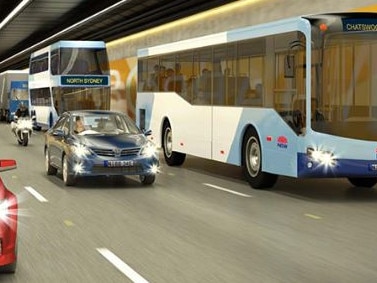
The first tunnel entry/exit for the Western Harbour Tunnel is near Ernest St, Cammeray and a smoke stack will be located beside it.
The Beaches Link Tunnel ventilation outlet will be co-located with this Western Harbour Tunnel ventilation outlet.
There is an exit for the tunnel close to St Leonards Park and another entry near the corner of McLaren and Walker St, North Sydney.
There will be another ventilation outlet for the Western Harbour Tunnel at Rozelle. This will be part of the approved M4-M5 Link Rozelle Interchange project.
There will also be a tunnel entry at City West Link in Lilyfield.
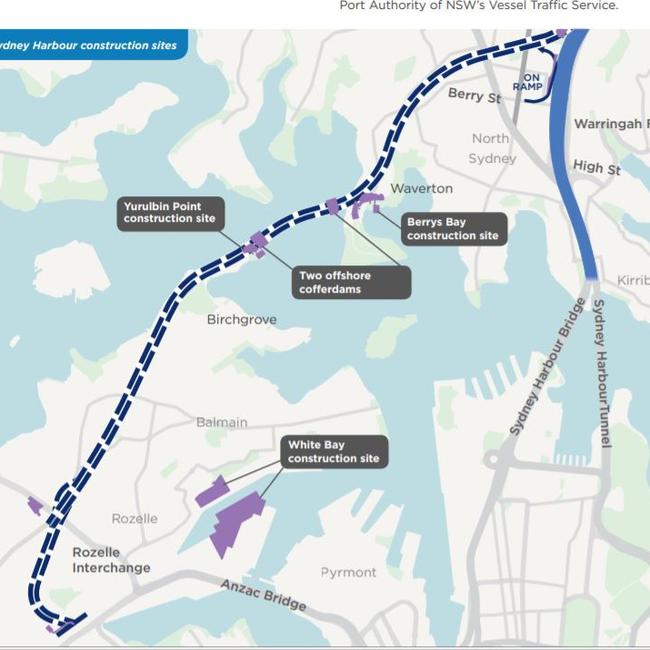
The project will involve the compulsory acquisition of more than a dozen homes, businesses and sections of a popular golf course.
Congestion on major thoroughfares across Sydney’s lower north shore is set to surge under plans to temporarily close the Warringah Fwy for construction of the Western Harbour Tunnel.
Air quality has been a major concern for the community and there have been fears regarding their proximity to homes, schools and offices.
The documents acknowledge the community concerns about air quality and states that the tunnels will be built to meet “strict air quality standards” using state-of-the-art ventilation and tunnel design.

“You can be assured that air quality monitoring will be carried out at all stages of the Western Harbour Tunnel project, including once it is operational,” the documents state.
“Our studies have also shown emissions the ventilation outlets for the project will only have a minimal impact on the surrounding air quality. This impact is negligible and will be generally undetectable.
“Our ventilation facilities use elevated outlets to eject tunnel emissions high into the atmosphere where they mix with the surrounding air.”
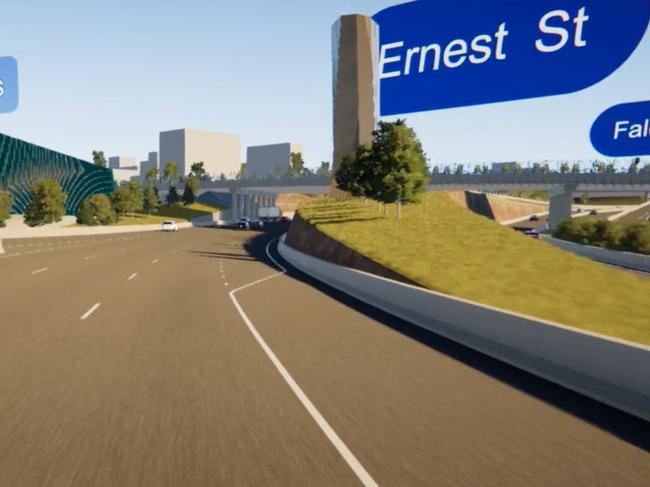
The document states that with traffic moving underground there will be an overall improvement in air quality.
The tunnel is designed to have no emissions from portals and there will be a reduction in greenhouse gas emissions with less stop-start traffic.
The EIS also states there will be impacts on the region during construction with temporary construction sites at Cammeray Golf Course, Ridge St North, Berrys Bay, Yurrulbin Point, either side of the harbour at temporary cofferdams, Victoria Rd in Rozelle, White Bay and Rozelle Rail Yards.
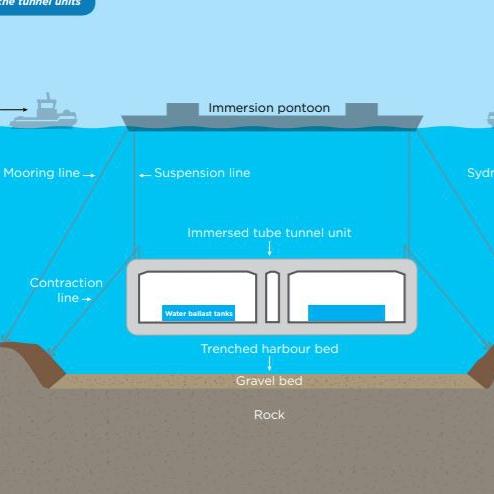
Sydney Harbour Bridge takes more than 165,000 vehicles per day and is one of the busiest roads in NSW. The Sydney Harbour Tunnel takes 94,000 vehicles per day and is the eight busiest road in the state.
The tunnel aims reduce traffic in the Sydney Harbour Tunnel by 20 per cent and the Harbour Bridge by 17 per cent.
About four kilometres of the Warringah Freeway will be upgraded between the Milsons Point and the Willoughby Road overpass.
The project also aims to cut travel times with 20 minutes off the journey from Sydney Park to North Sydney.

The project is linked with the Beaches Link tunnel and a separate EIS will be placed on public exhibition from mid-2020.
The project aims to improve capacity and prepare for a population boom in the city from five million to eight million in the next 40 years.
The new tunnel will be about 30m under the surface of the harbour, which is equivalent to a nine storey building.
“This much needed new crossing of Sydney Harbour will be a game changer for our city,” the documents state.
The State Government is calling for feedback on the plans. However, the route and main details of the plan are not expected to change radically.
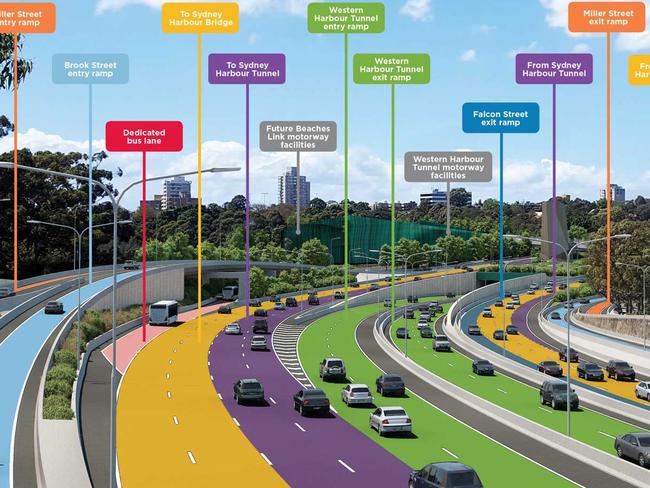
Contamination risk
There is a high risk of contamination during the construction of the new tunnel across Sydney Harbour, a report has revealed.
A study investigated the planned works area for the project and identified contaminated sites on both sides of the harbour.
Potential pollutants include a list of dangerous substances: asbestos, heavy metals, cyanide, landfill gas, VOC, pesticides, PCB, dioxin, organotins, hydrocarbons and PFAS.
Sediments known to be within Sydney Harbour itself pose a high contamination risk to construction and during dredging. The substances have built up as a result of industrial use of the harbour and environmental controls are proposed to limit the impact on the harbour.
Other sites with suspected contamination include the Rozelle Rail Yards, Easton Park at Lilyfield, Birchgrove Peninsula, Waverton Park and the Warringah Fwy.
